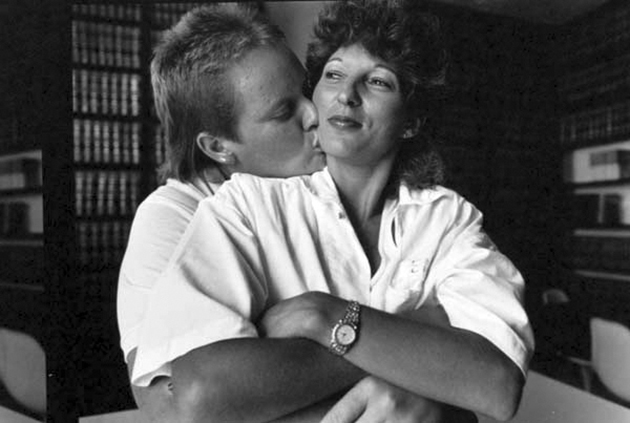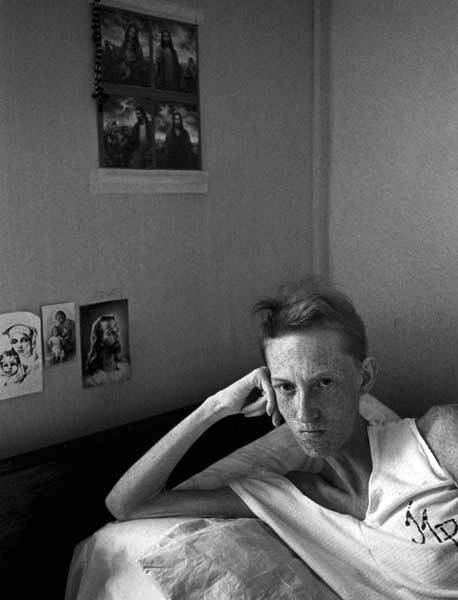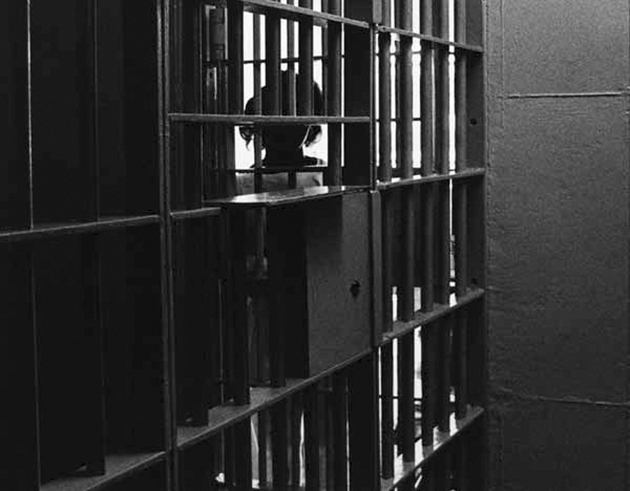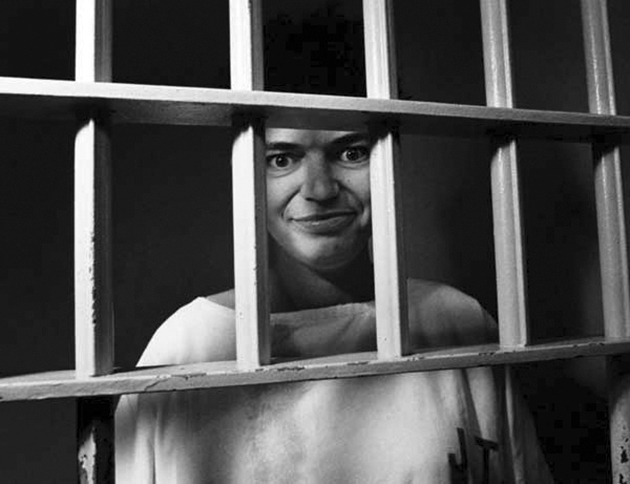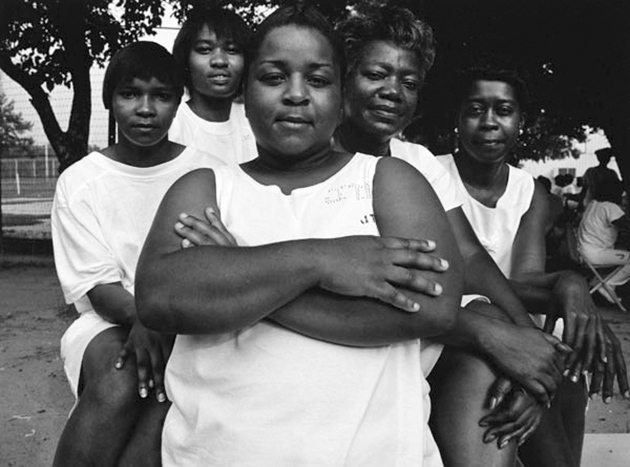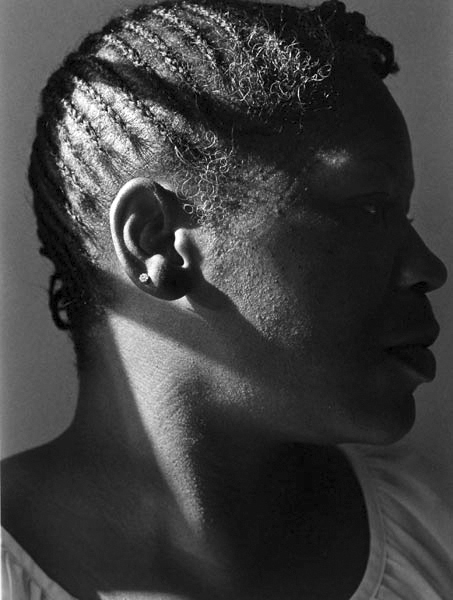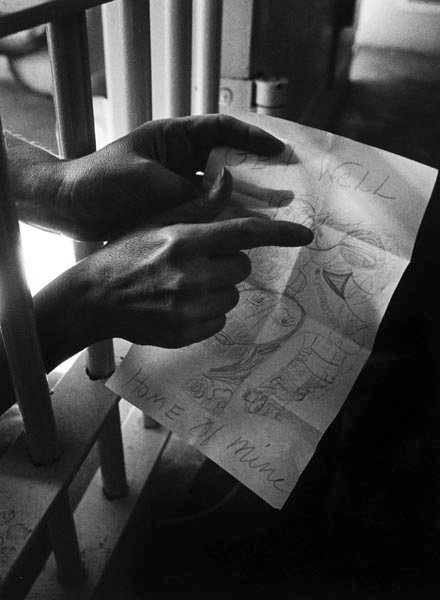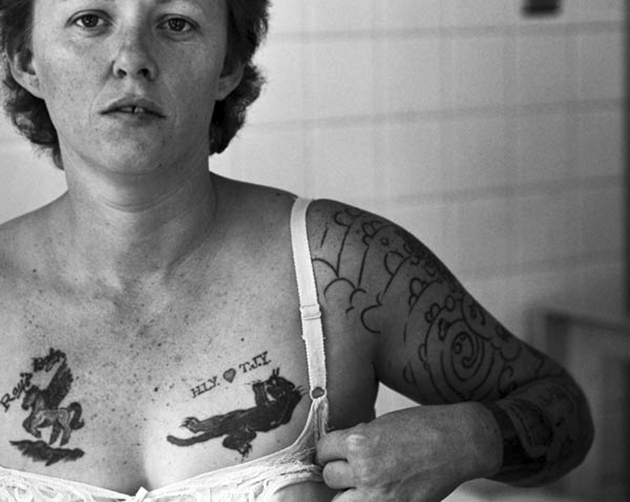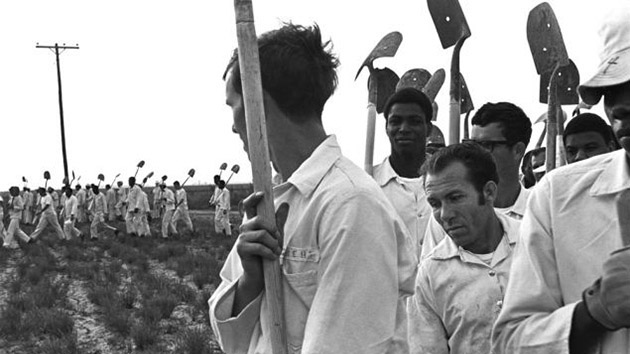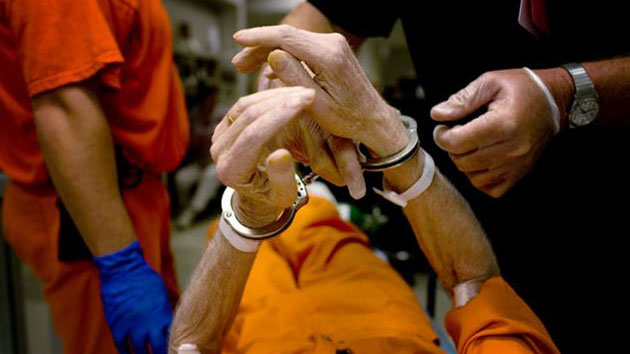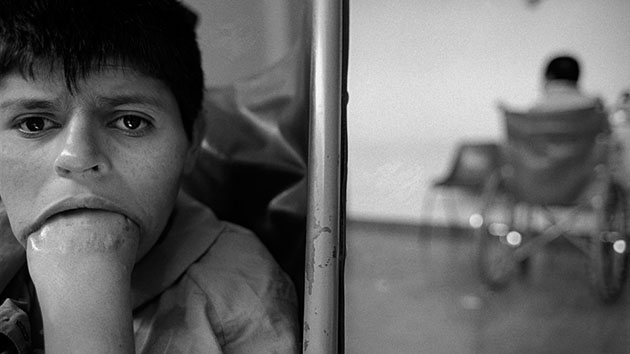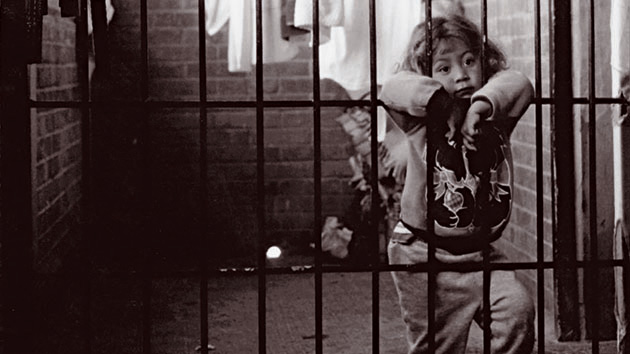In 1991, Melissa Springer began documenting the lives of these women. The project lasted for five years, and became an acclaimed photo essay depicting the penal system for women in America.
All these photos were taken in the Isolation Unit of Julia Tutwiler Women’s Prison.

“This woman was in isolation because she was a new inmate. That was the protocol. I don’t know her name, but I remember she was only going to be in for a short sentence (6-8 months for a non violent crime). She was eager to speak. The new prison commissioner was now taking the beds out of the isolation units during the day so the inmates could only sit on the concrete floor. She was given a sheet. She was afraid and lonely. We spoke for the few minutes allowed. We touched hands and I left.” –Melissa Springer

